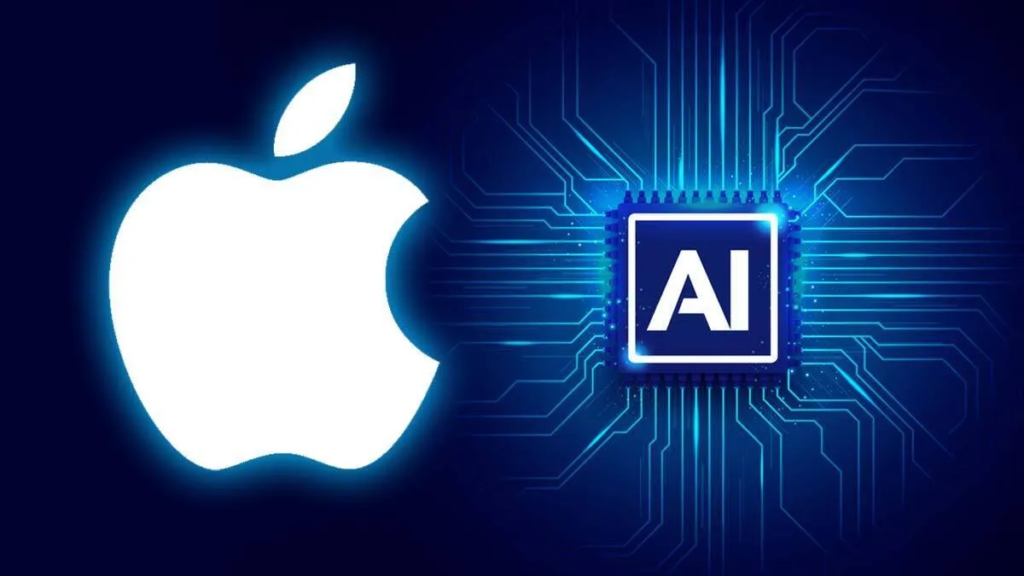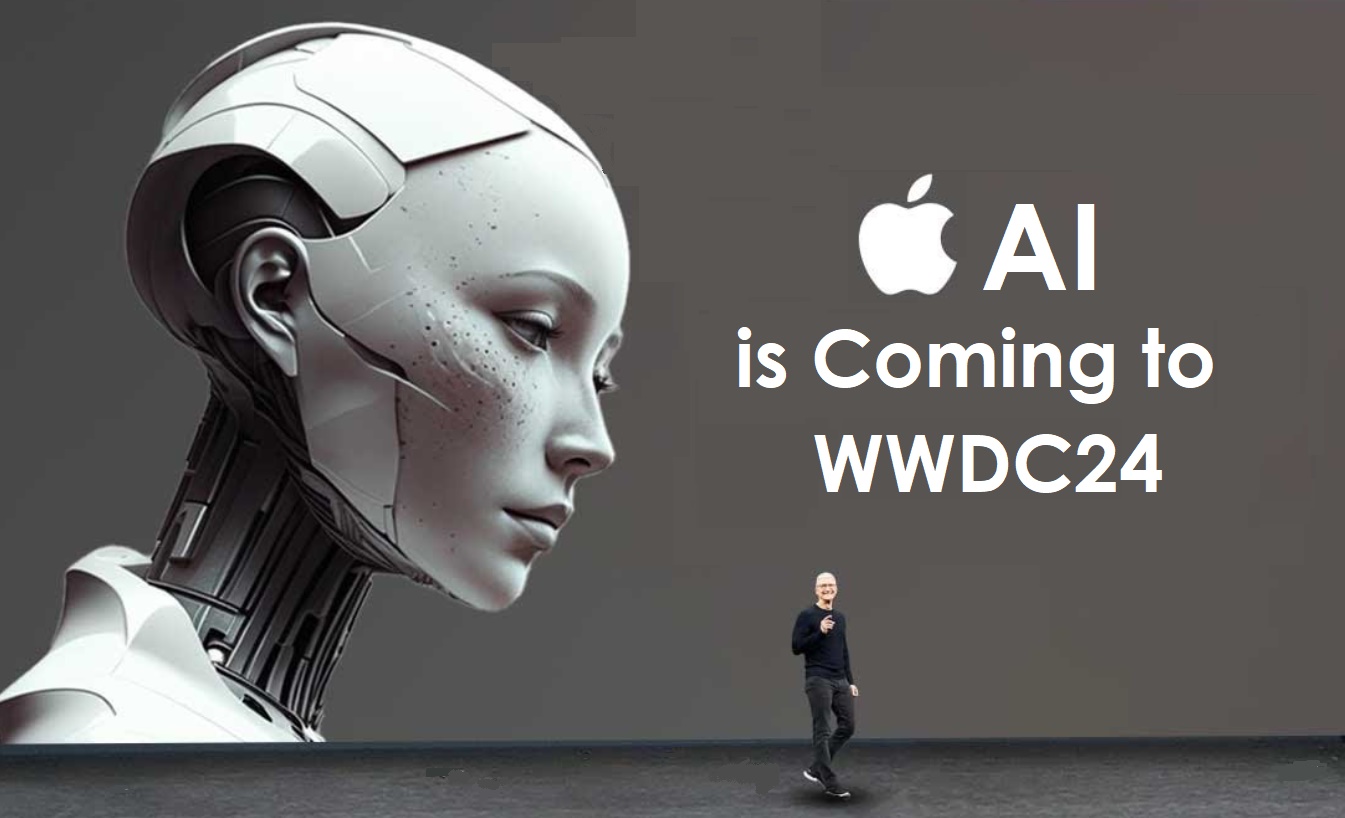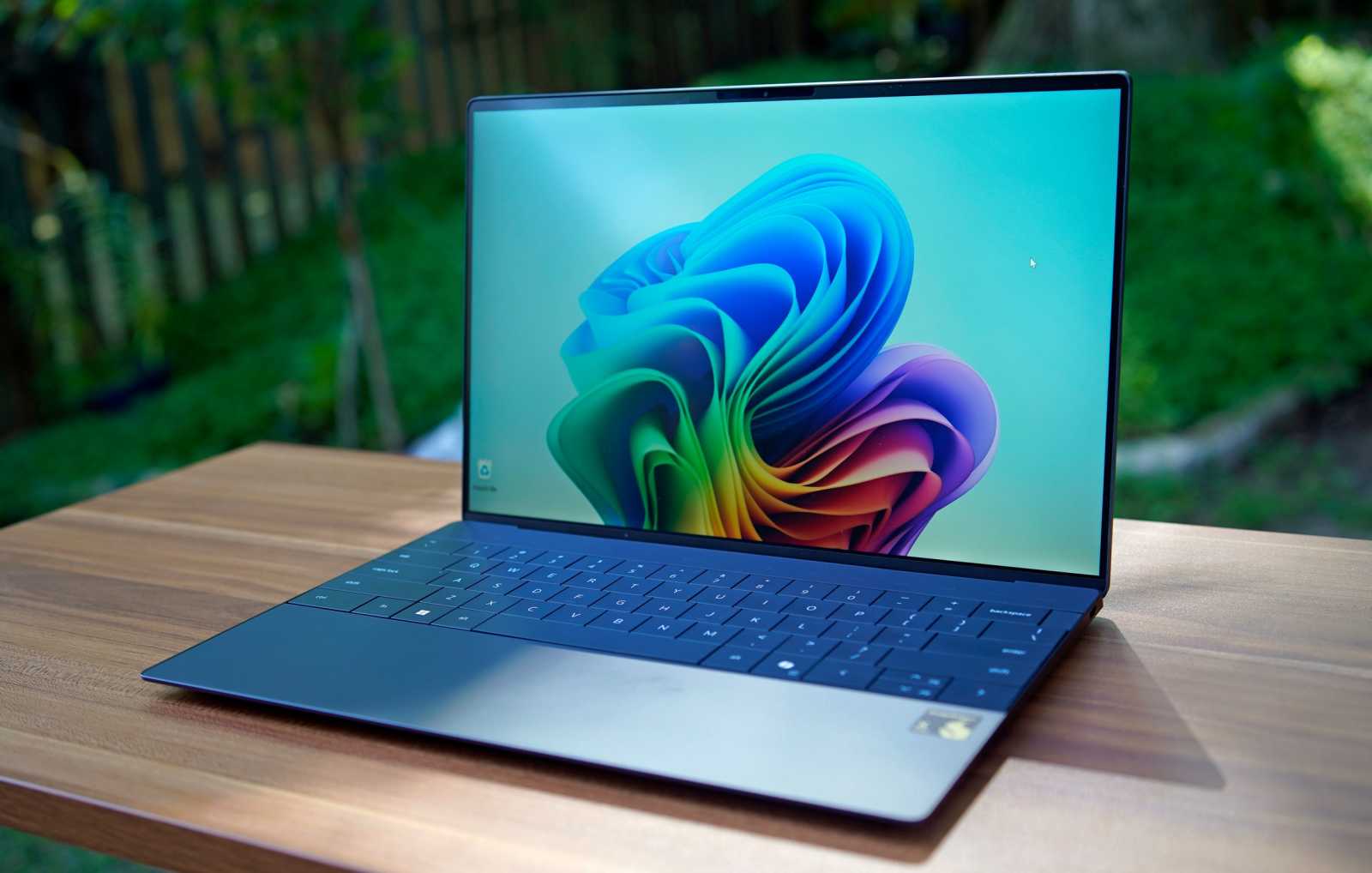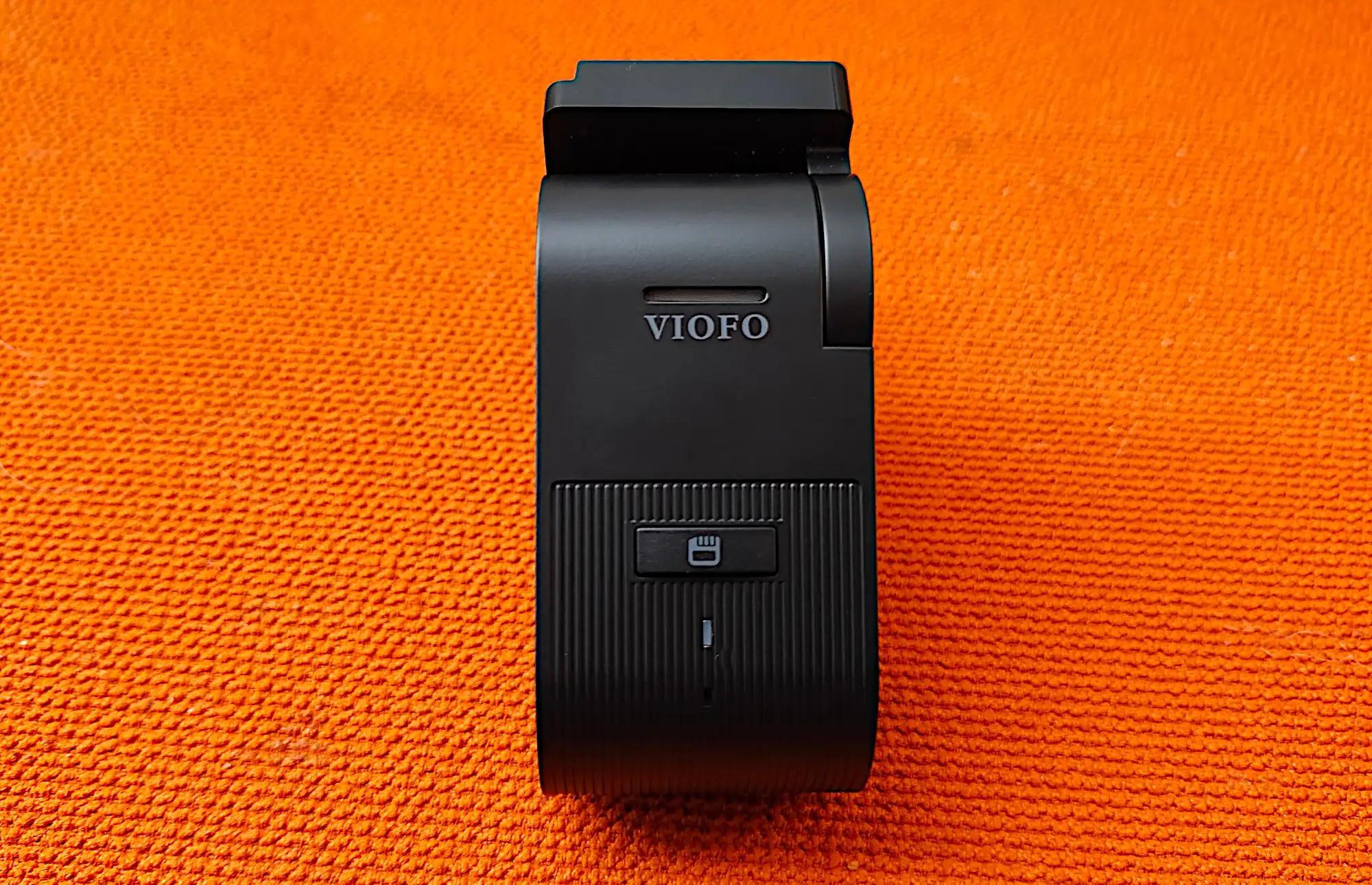
The new AI features in the Apple iPhone 16 represent a distinctly practical approach, emphasizing utility and functionality over groundbreaking innovation. This contrasts sharply with Microsoft’s Copilot+ PCs, which are positioned as the vanguard of a new computing era. Microsoft’s offering includes a dedicated keyboard button for AI interactions, highlighting its commitment to integrating AI into every facet of user experience. In comparison, Apple’s AI strategy is far more reserved, focusing on enhancing existing features rather than introducing radical new ones.
Apple, renowned for its association with creative professionals, had the opportunity to leverage AI for imaginative and creative applications, akin to Google’s Pixel which uses AI to generate artistic representations of fictional objects. Instead, Apple chose a more conservative path. The iPhone 16’s AI capabilities are predominantly geared towards productivity and efficiency. For instance, Siri has been revamped with an advanced AI foundation that enables it to better understand and engage in complex conversations. AI now helps organize your photo library into albums based on your favorite people and provides detailed information about objects you encounter. Additionally, the AI can summarize your meetings and, in a notable feature, utilizes a “semantic index” to retrieve forgotten information, offering a unique twist on the controversial Windows Recall feature.
Microsoft, on the other hand, integrates generative AI into its products with a flair for creativity, such as generating art within Photos and Paint. Apple’s approach, while incorporating AI into features like real-time camera filters and creating custom “genmojis,” is significantly more muted. The use of AI to search for specific photos and assemble them into a “movie” or to find particular scenes described by the user feels more like an evolution of existing technologies rather than a breakthrough.
The restrained nature of Apple’s AI implementation may reflect a strategic choice to avoid alienating its core creative user base. By prioritizing AI as a tool to enhance rather than revolutionize, Apple aligns its innovations with practical applications that complement existing functions. This approach allows Apple to showcase its A18 silicon’s AI capabilities while steering clear of the more disruptive aspects of generative AI. Consequently, rivals like Microsoft and Google are left to explore the more avant-garde possibilities of AI, while Apple remains focused on delivering reliable, incremental improvements.




